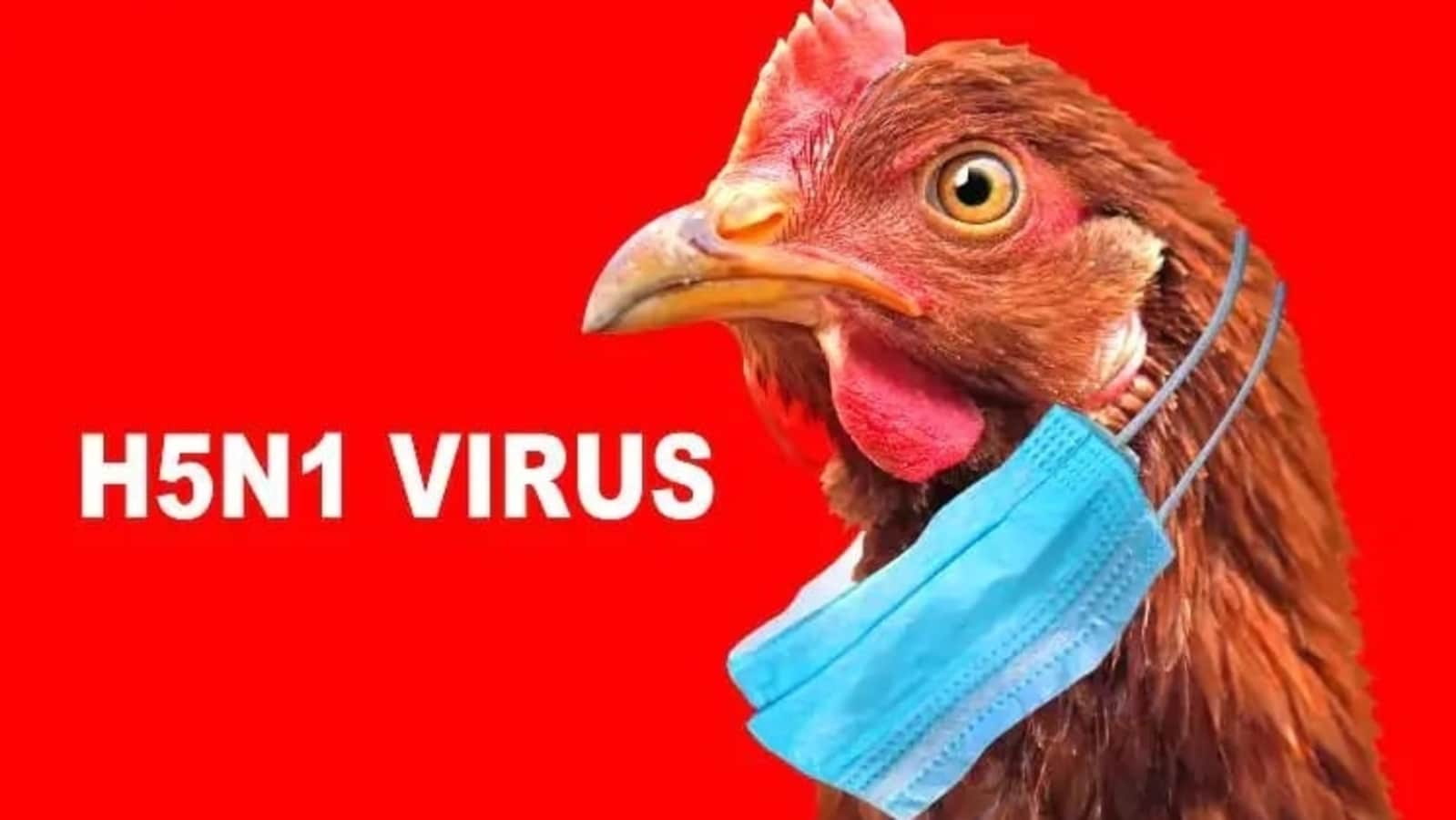Bird flu outbreak in Andhra: Could H5N1 spark the next pandemic?

- 19 Feb 2024
Why is it in the News?
A bird flu outbreak in poultry in Andhra Pradesh’s Nellore district was reported recently. Laboratory tests by the National Institute of High-Security Animal Diseases in Bhopal confirmed that it was caused by the type A strain of the H5N1 variant of the avian influenza virus.
What is Bird Flu/Avian Influenza?
- Bird flu, also known as avian influenza, is a viral respiratory illness primarily affecting birds.
- It's caused by specific strains of the Influenza A virus.
- Bird flu spreads between both wild and domesticated birds.
- It has also been passed from birds to humans who are in close contact with poultry or other birds.
- There is no clear evidence that the virus can be transmitted from human to human.
- However, this may have happened in rare cases, where a person has become ill after caring for a sick family member.
- While most types don't infect humans, certain strains like H5N1, H7N9, and H5N6 have caused concern due to their ability to transmit to humans in rare cases.
- Transmission:
- Birds: Spreads easily between birds through bodily fluids (saliva, faeces, nasal discharge) and contaminated environments.
- Humans: Primarily occurs through direct contact with infected birds or surfaces, inhaling infected droplets, or consuming undercooked poultry meat from infected birds.
- Symptoms:
- The symptoms of bird flu in humans are similar to those of regular influenza and include:
- Can range from mild (fever, cough, sore throat, muscle aches) to severe (pneumonia, respiratory failure, multi-organ failure, death).
- Symptoms usually appear within 3-7 days of exposure.
- Treatment: Antiviral medications like Tamiflu have proven effective in managing human infections caused by avian influenza viruses, reducing both the severity of symptoms and the likelihood of fatalities.
Avian Influenza in India:
- Initial Incidence: The first instance of Highly Pathogenic Avian Influenza (HPAI) H5N1 in India occurred in 2006 in Navapur, Maharashtra, marking the onset of recurrent annual outbreaks.
- The emergence of H5N8 was documented in India in November 2016, primarily affecting wild birds in five states, with Kerala reporting the highest number of cases.
- This disease has been identified in 24 states and union territories, prompting the culling of over 9 million birds to curb its spread.
- Corresponding Strategy: India's strategy for managing Highly Pathogenic Avian Influenza (HPAI) revolves around a "detect and cull" approach, as delineated in the National Action Plan for Prevention, Control, and Containment of Avian Influenza (revised - 2021).
